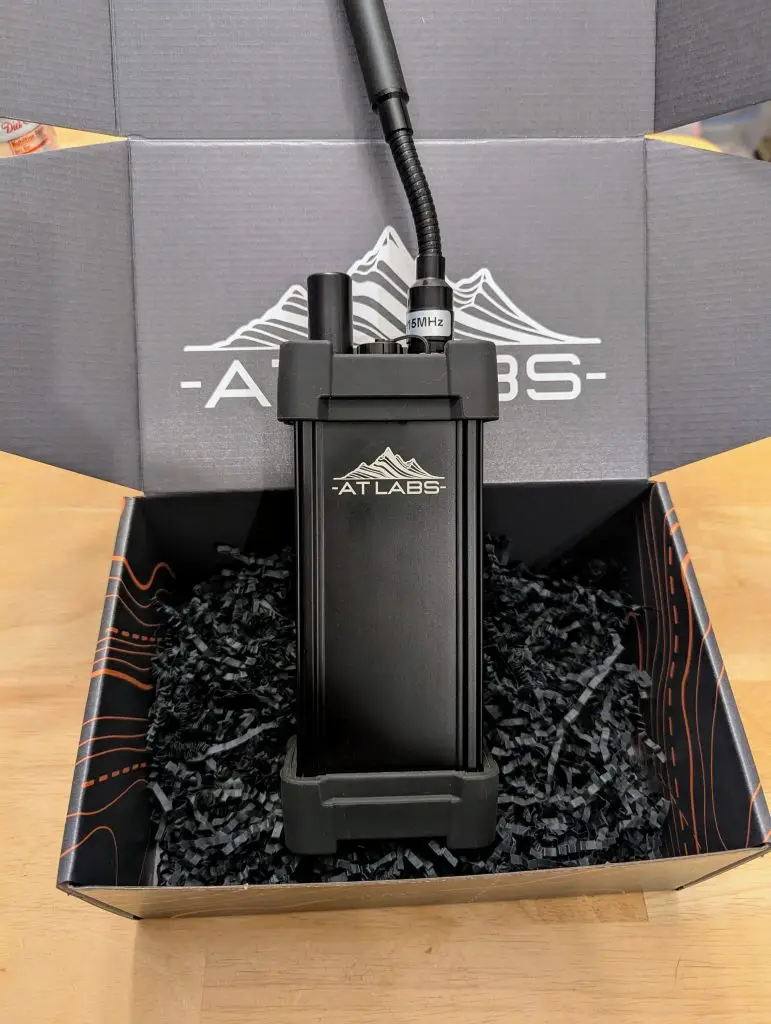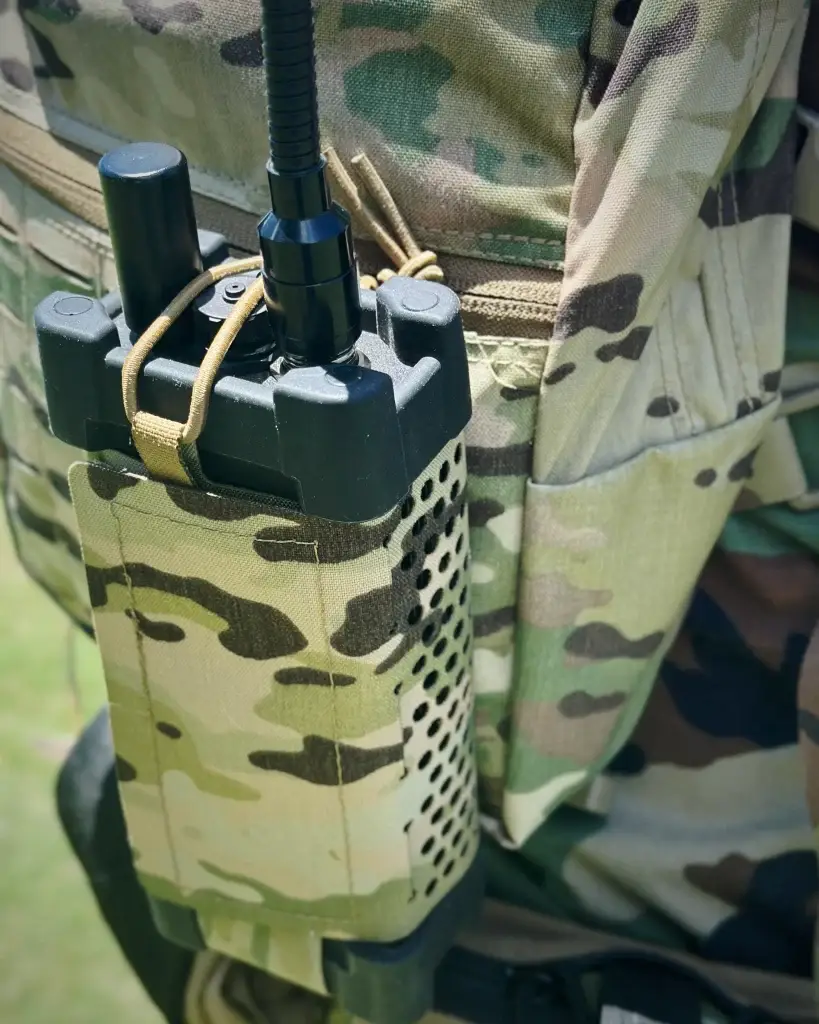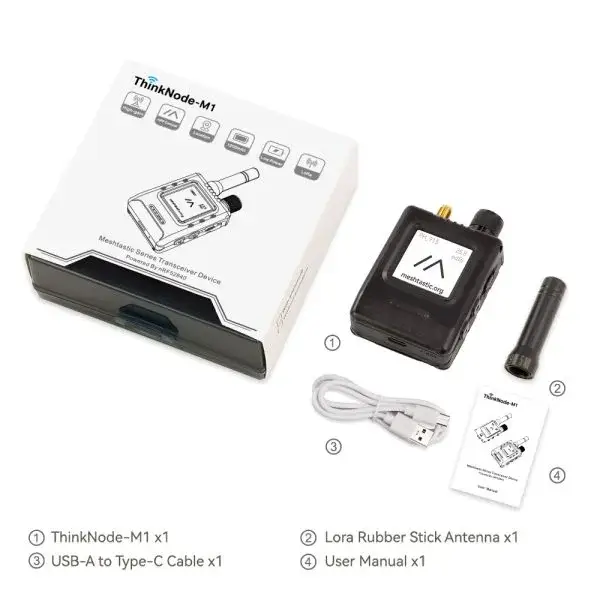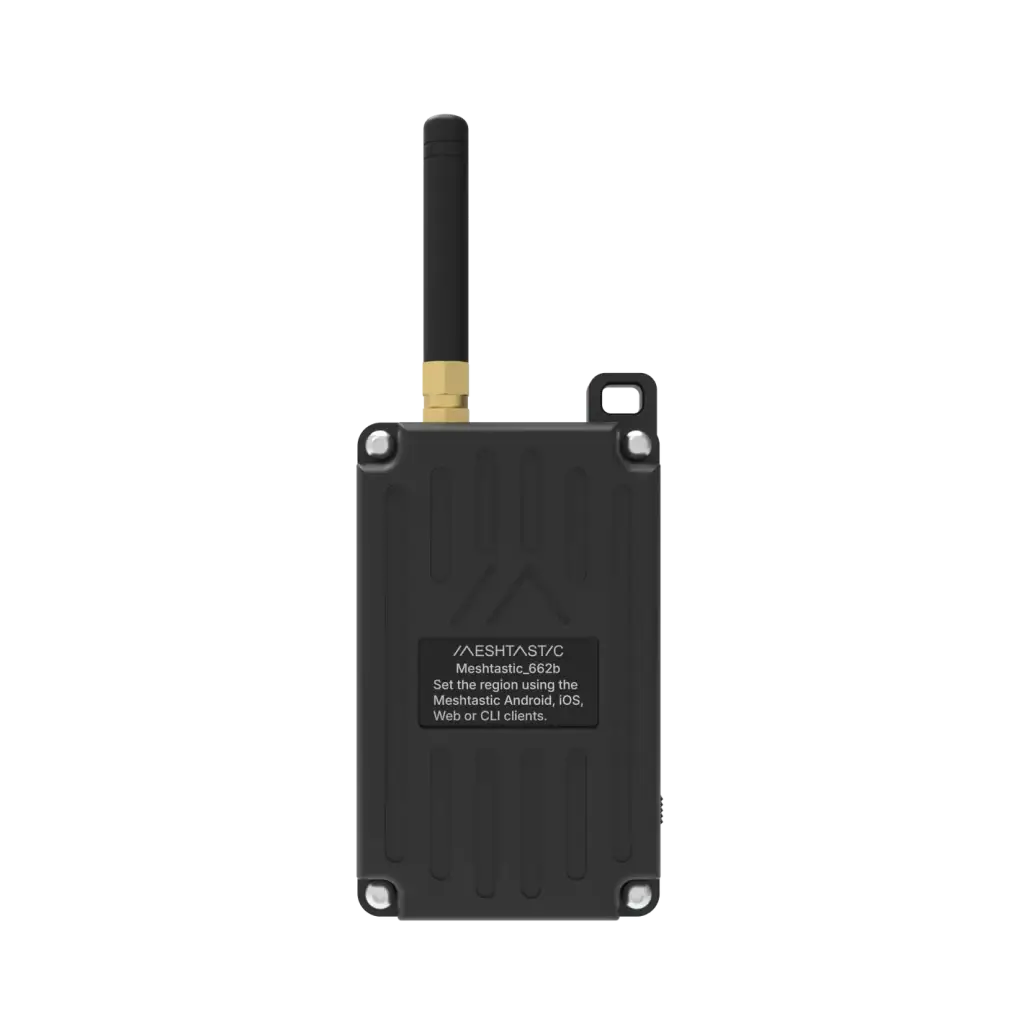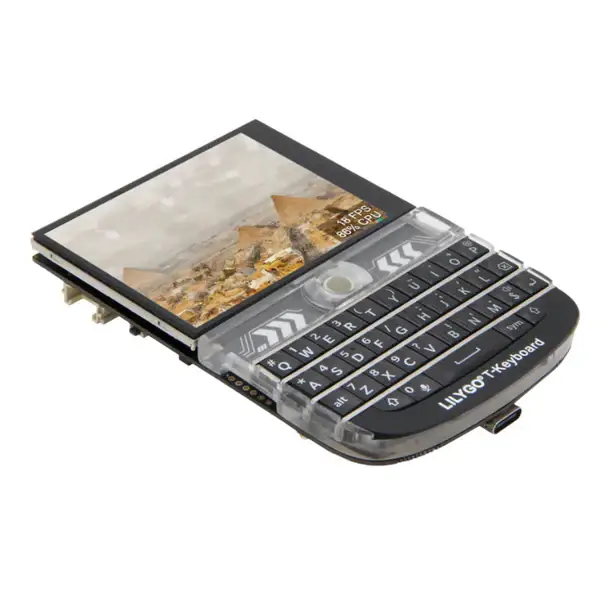Meshtastic Overview
Meshtastic is an open-source, decentralized communication platform that enables long-range, off-grid messaging and data sharing using low-cost, low-power devices. It leverages LoRa (Long Range) radio technology to create a mesh network, allowing devices to relay messages without relying on cellular networks, Wi-Fi, or internet infrastructure. Meshtastic is ideal for remote areas, outdoor activities, or emergency situations where traditional communication systems are unavailable or unreliable.
Advantages
1. Off-Grid Communication: Meshtastic operates independently of cellular or internet networks, making it perfect for remote locations, disaster scenarios, or privacy-focused communication.
2. Long Range: LoRa technology supports communication between 2 – 10 miles in ideal conditions, far surpassing traditional walkie-talkies. In areas with robust mesh networks ranges can exceed 50 miles.
3. Decentralized Network: The mesh topology allows devices to relay messages, extending coverage as more nodes join, without a centralized network.
4. Low Power Consumption: Devices are energy-efficient, often running for days or weeks on a single battery charge, ideal for prolonged outdoor use. Add a small solar panel for continuous operation.
5. Open-Source and Customizable: Users can modify the software and hardware, tailoring it to specific needs, and the community-driven development ensures continuous improvements.
6. Cost-Effective: Meshtastic devices are affordable, often built on inexpensive hardware like ESP32 boards, making it accessible for hobbyists and professionals alike.
7. Versatile Applications: Supports text messaging, GPS location sharing, and sensor data transmission, useful for hiking, disaster response, or IoT projects.
Meshtastic empowers users with reliable, private, and scalable communication in challenging environments.
I had an awesome conversation today with Kenny from AT Labs. We get into the launch of the RM-2, chat about mesh radios, and take a look at some exciting future projects coming from AT Labs.
Learn more at: Constellation Response and AT Labs websites.
Learn how to create custom map layers in the Meshtastic app! 🌍 In this video, I’ll walk you through how to add your own map tiles, overlays, and offline layers to enhance your mesh network visibility and situational awareness. Perfect for field ops, emergency comms, and off-grid situations.
As Meshtastic networks grow it is important that users embrace some best practices. Today video goes through some basic setting changes that can improve your user experience and promote healthy mesh networks.
If you’re searching for a rugged, field-ready Meshtastic/LoRa radio that thrives in extreme environments, the AT-Labs RM-1 deserves a serious look. Built for resilience and reliable communication, it’s designed to keep you connected when conditions get tough.
After owning a T-Deck 1 for over two years, I was ready to give it away. However, when Meshtastic released their UI firmware it changed the T-Deck into true standalone device.
Beartooth MK II Overview
The Beartooth MK II is a lightweight, self-forming, self-healing mesh radio designed for off-grid communication, integrating seamlessly with smartphones via Bluetooth. Operating on the 902–928 MHz ISM band with frequency hopping, it supports push-to-talk voice, text, and location sharing without cellular or Wi-Fi networks. Tailored for tactical teams, it integrates with the Android Team Awareness Kit (ATAK) for advanced situational awareness, enabling real-time tracking, mapping, and data sharing. It supports over 100 devices, up to 6 hops, and offers up to 20-mile line-of-sight range with 1W transmit power.
Advantages
1. Off-Grid Reliability: Enables communication in remote or compromised environments without infrastructure.
2. Advanced Mesh Networking: Automatically forms and heals networks, supporting over 100 devices and multi-hop connectivity for extended
3. ATAK Integration: Enhances tactical operations with real-time data sharing, including routes, markers, and UAS telemetry.
4. Secure Communication: Features AES 256 encryption and low probability of detection/intercept for private, secure exchanges.
5. Long Battery Life: Offers up to two days of operation with a 3000 mAh battery, ideal for extended missions.
6. User-Friendly: Requires no coding or complex setup, ensuring quick deployment even for non-technical users.
7. Made in USA: Domestically sourced and assembled, ITAR-free, and compliant with EAR 99, 889, and TAA standards.
The Beartooth MK II is a robust, secure solution for tactical and outdoor applications.
In today’s video we take a more in-depth look at the Beartooth MKII mesh radios. I will also answer the questions I have received from the audience so far. If you have more after this video, please put them in the comment section. Note: before you get upset about the cost of these radios please understand a few things. When buying two-way radios there are two primary factors: capability and quality. The information provided in this video should answer the question on whether these mesh radios offer a capability your communication plan is missing or lacking.
In this video I provide instructions on how to connect to the Beartooth’s public TAK server. Additional, we discuss why you should consider using TAK servers.
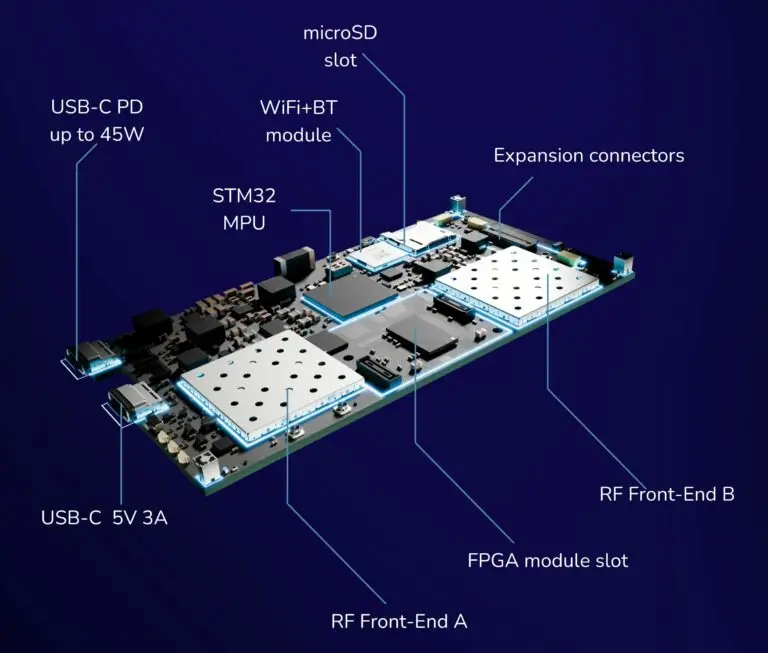
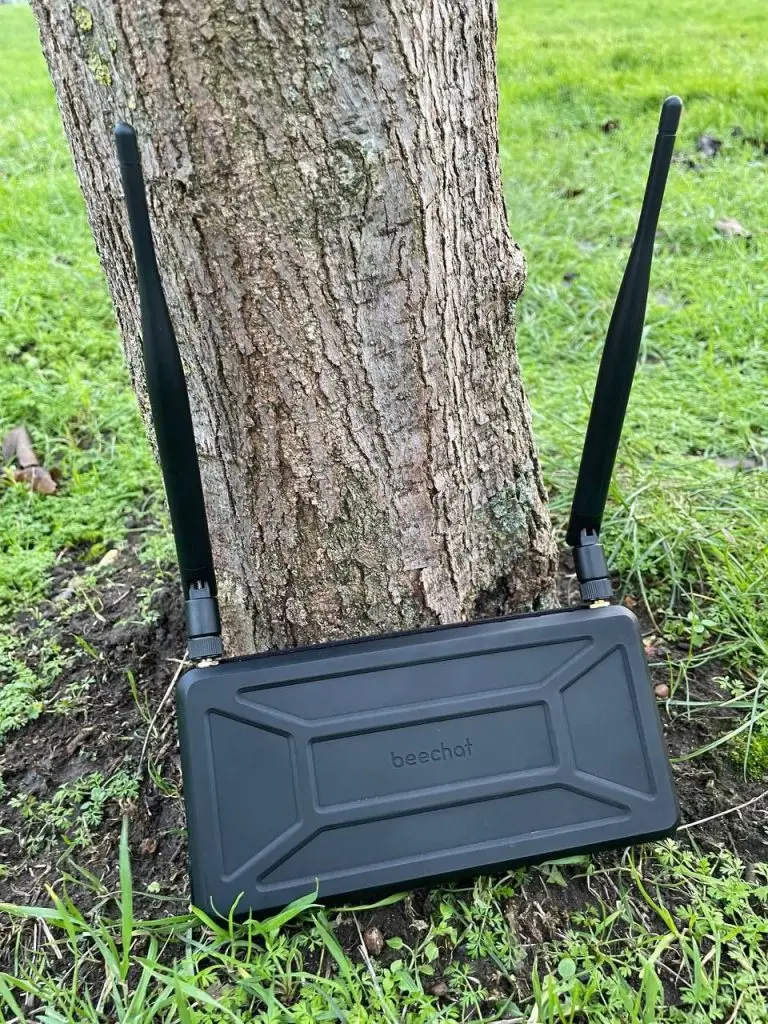
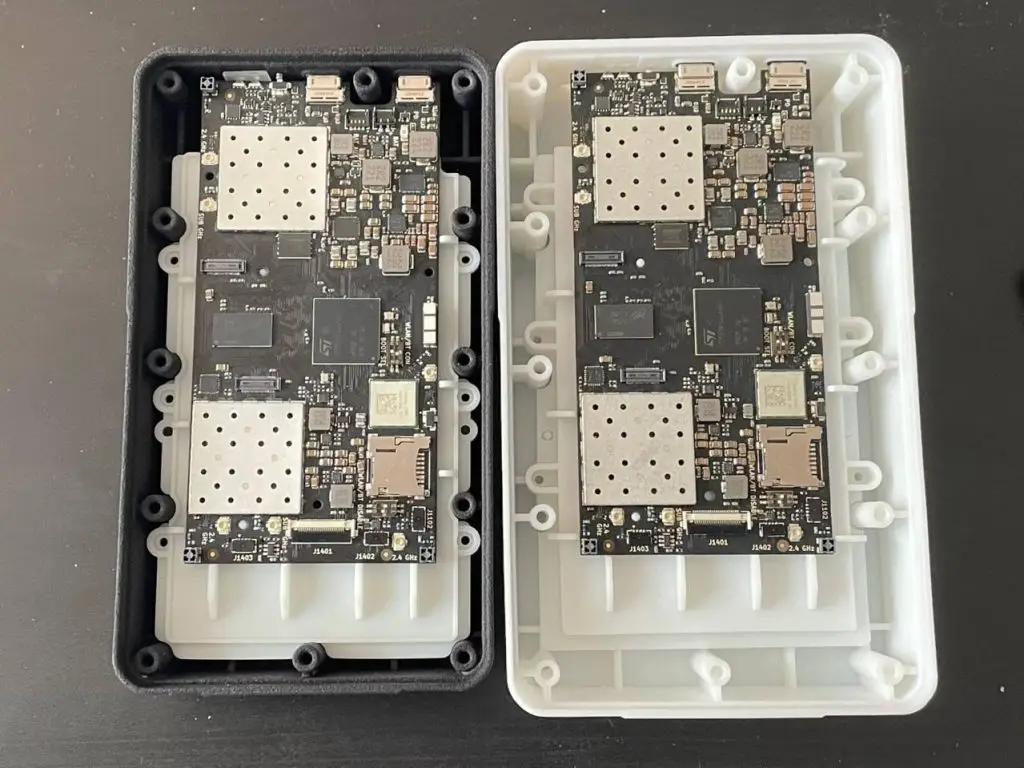
Kaonic 1S Summary –
The Kaonic 1S (K1S) is an advanced RF module designed for OEM integration and R&D in decentralized and tactical communication systems. Utilizing dual transceivers, it achieves a combined data rate of 4800 kbps with support for advanced MIMO configurations. Its cryptographic mesh capabilities enable secure, off-grid communication, ideal for field operations, emergency response, and other applications that require advanced mesh radio technology. The module features high sensitivity, FPGA sockets for modularity, and an STM32MP1 MPU for high performance and energy efficiency, running Reticulum over the license free ISM bands. FCC and CE certifications pending.
Advantages
1. High Data Rate: Dual transceivers provide up to 4800 kbps, supporting robust data transfer in challenging environments. Supporting push to talk voice and video data streams.
2. Cryptographic Security: Built-in encryption ensures secure communication for sensitive applications.
3. Decentralized Networking: Mesh capabilities enable infrastructure-free, scalable communication networks.
4. Modular Design: FPGA sockets allow flexible expansion and customization for diverse R&D needs.
5. High Sensitivity: Enhanced signal detection improves performance in low-signal conditions.
6. Energy Efficiency: The STM32MP1 MPU optimizes power consumption, extending operational life.
7. Interface: Kaonic app, MAVLink and the ATAK plugin is nearly finished.
8. Coming soon: FRX Wideband Module.
- Wideband RF expansion upgrade for the Kaonic 1S v2.4+, covering 300 MHz–2 GHz with internal amplification up to 1 W and external PAs up to 8 W. Features automated filtering, software-controlled antenna switching, and 2×2 MIMO support for extended VHF, UHF, and L-band mesh communications.
- Get yours at GoTAK
Most mesh radios you see today are either hobbyist-grade or focused on simple LoRa messaging. The Kaonic 1S from Beechat is something else entirely. With dual transceivers, built-in Linux, and support for Reticulum mesh networking, it’s designed for tactical, off-grid, and emergency communications at a whole new level. Beechat
Key features:
- Text and Voice
- File sharing
- UAS integration via MAVLink
Exclusive interview with the Beechat Network Systems CEO discussing the groundbreaking Kaonic 1S! The Kaonic 1S (K1S) is an advanced RF module, featuring dual transceivers for high data rate, cryptographic mesh networking using Reticulum, and high sensitivity. Designed for the open source community, it highly customizable and supports secure, long-range, decentralized communication for tactical applications like defense and emergency services.

